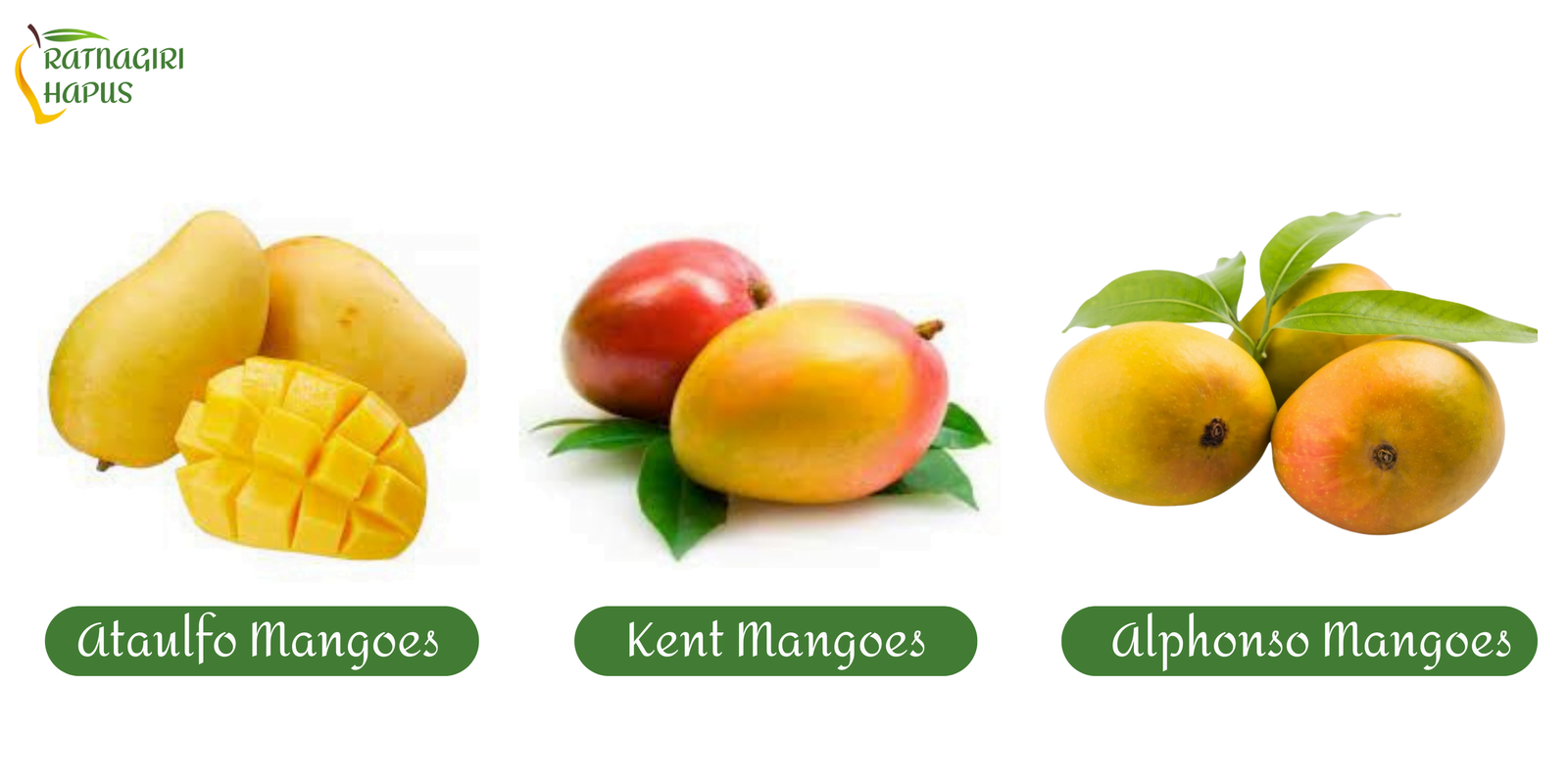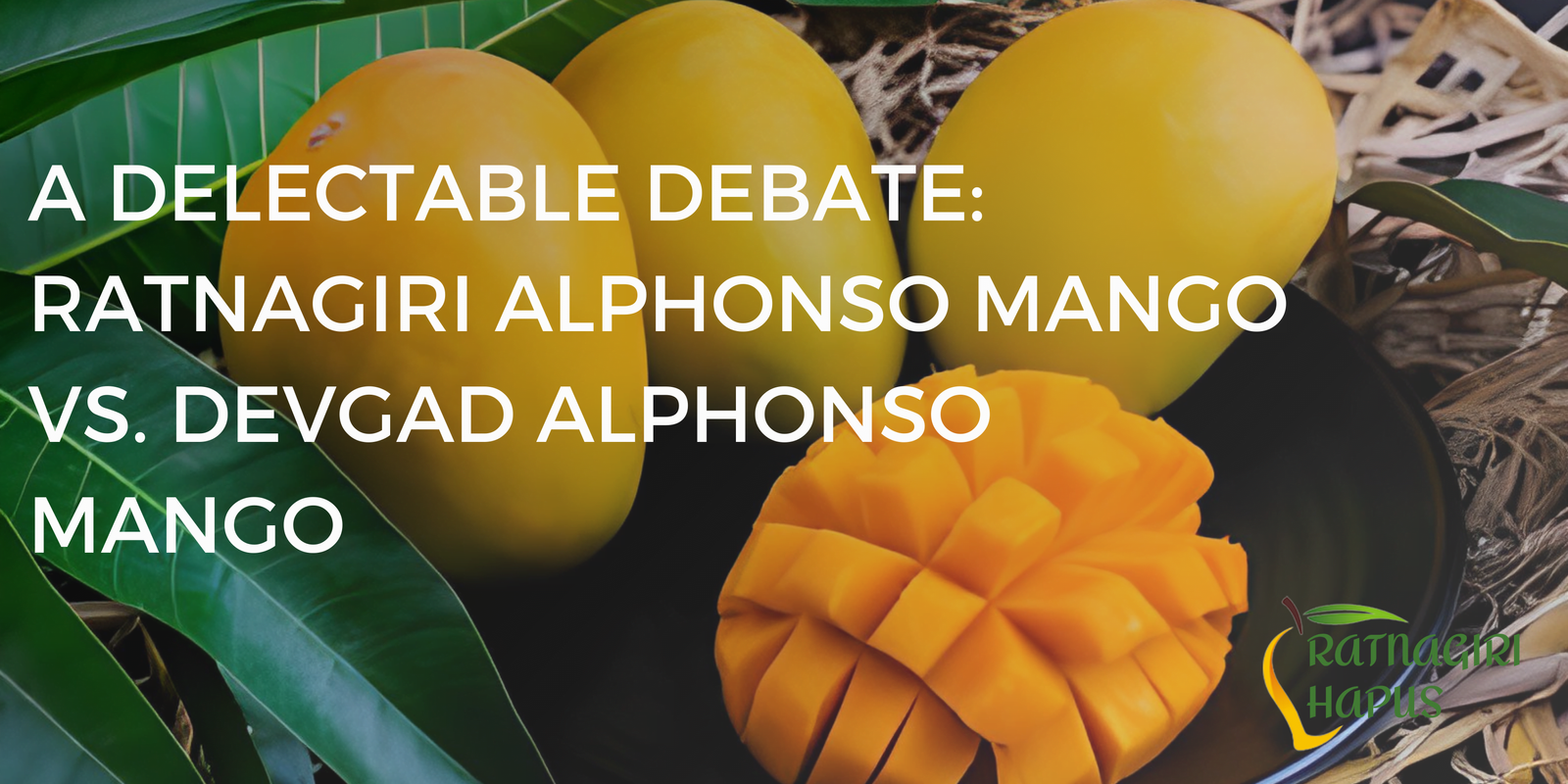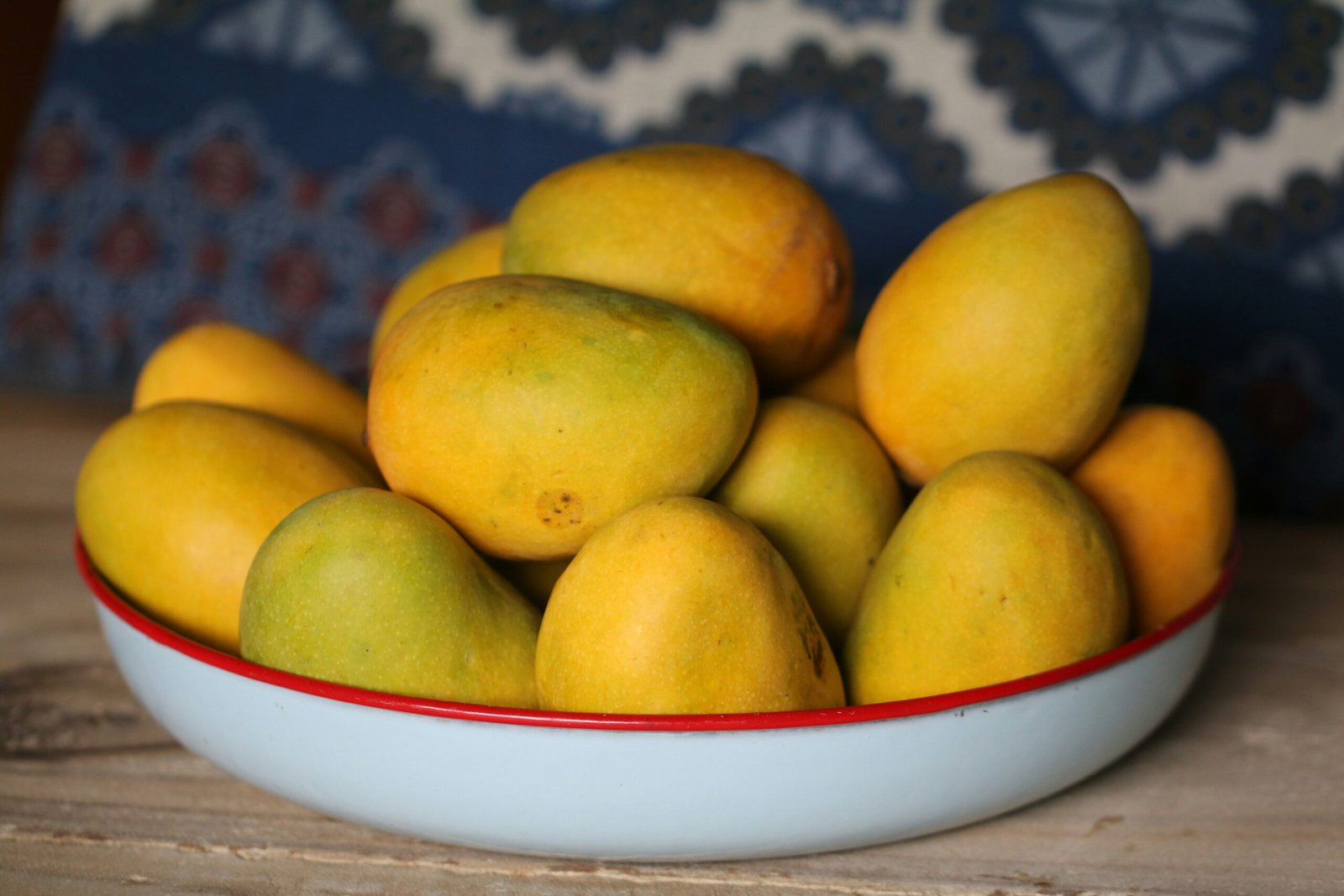Discover the World’s Most Exotic Mango Breeds: A Tropical Adventure Awaits!

Are you ready for a mouthwatering adventure? Get ready to tantalize your taste buds and embark on a journey to discover the world’s most exotic mango breeds. From the bustling markets of India to the lush plantations of South America, these tropical delights are sure to leave you craving more!
Step into a world bursting with vibrant flavours and fragrances as we explore the incredible variety of mangoes that exist across the globe. From the sweet and succulent Alphonso mangoes of India to the tangy and tropical Kent mangoes of Florida, each breed offers a unique flavour profile that will transport you to sun-kissed beaches and lush orchards.
Join us as we delve into the rich history, cultivation techniques, and mouthwatering recipes that showcase the versatility of these delectable fruits. Whether you’re a mango lover or simply curious to learn more, this tropical adventure is a treat for all your senses.
Get ready to embark on a journey of discovery as we bring you closer to the world’s most exotic mango breeds. It’s time to experience the juicy sweetness of these tropical gems and delight in the flavours of paradise!
Benefits of exotic mangoes
Exotic mangoes are not only a delight to the taste buds but also offer a range of health benefits. These tropical fruits are packed with vitamins, minerals, and antioxidants that can boost your immune system, improve digestion, and enhance your overall well-being. The rich fibre content of mangoes also aids in weight management and promotes a healthy heart. Additionally, mangoes are known to have skin benefits, helping you achieve a radiant and youthful glow.
Popular exotic mango breeds from around the world
1. Alphonso Mangoes:
Known as the “King of Mangoes,” Alphonso mangoes are highly sought after for their rich, creamy texture and intense sweetness. These mangoes have a distinct aroma and are often used in desserts, smoothies, and jams. Originating from India, Alphonso mangoes are considered a delicacy and are often exported worldwide.
2. Kent Mangoes:
Hailing from the tropical paradise of Florida, Kent mangoes are known for their large size and juicy flesh. These mangoes have a sweet and tropical taste with a hint of acidity, making them perfect for both snacking and culinary purposes. Kent mangoes are often used in salsas, salads, and tropical fruit cocktails.
3. Ataulfo Mangoes:
Originating from Mexico, Ataulfo mangoes are small and golden-yellow in color. These mangoes have a buttery texture and a sweet, honey-like flavor. Ataulfo mangoes are often enjoyed fresh, but they can also be used in desserts, sorbets, and smoothies.

How to identify and select ripe exotic mangoes
Choosing the perfect ripe mango can be a bit tricky, but with a few tips, you’ll become an expert in no time. Look for mangoes that are slightly soft to the touch, but not too mushy. The skin color should be vibrant and free from blemishes. Give the mango a gentle squeeze, and if it gives slightly, it’s ripe and ready to be enjoyed. Avoid mangoes with any signs of wrinkling or mold.
Different ways to enjoy exotic mangoes
Exotic mangoes are incredibly versatile and can be enjoyed in a variety of ways. Here are a few ideas to get you started:
1. Fresh and Juicy: Simply peel the mango, slice it, and enjoy it as a refreshing snack. The natural sweetness and juiciness of exotic mangoes make them perfect for a quick and healthy treat.
2. Smoothies and Shakes: Blend ripe mangoes with your favorite fruits, yogurt, and a splash of coconut milk for a tropical smoothie that will transport you to paradise. Add a handful of ice for a refreshing shake on a hot summer day.
3. Mango Salsas and Chutneys: Dice mangoes and combine them with onions, peppers, and herbs to create a tangy and flavorful salsa. Mango chutney is also a delicious accompaniment to grilled meats and curries.
4. Mango Desserts: From mango cheesecakes to mango crumbles, there are endless dessert options that feature the exotic flavors of mangoes. Try your hand at making mango ice cream or a mango mousse for a sweet indulgence.
Exotic mango recipes and culinary uses
Mangoes are a staple ingredient in many cuisines around the world. Let’s explore a few recipes and culinary uses that highlight the unique flavors of exotic mangoes:
1. Mango Lassi: This traditional Indian drink combines ripe mangoes, yogurt, sugar, and a pinch of cardamom for a sweet and creamy treat. Blend all the ingredients together and serve chilled for a refreshing beverage.
2. Mango Sticky Rice: A popular Thai dessert, mango sticky rice features sweet glutinous rice topped with ripe mango slices and a drizzle of coconut milk. The combination of the creamy rice and juicy mangoes creates a delightful contrast of flavors and textures.
3. Mango Salad: Combine sliced mangoes with fresh greens, cucumber, and a tangy dressing for a vibrant and refreshing salad. Add some grilled shrimp or chicken for a protein-packed meal.
Where to find exotic mangoes
Exotic mangoes can be found in specialty grocery stores, farmers’ markets, and online retailers. Local Asian markets often carry a wide variety of mango breeds, allowing you to explore different flavors and textures. If you’re lucky enough to live in a tropical region, you might even find mango trees in your neighborhood or local farms.
Growing exotic mango trees at home
If you have a green thumb and a love for mangoes, why not try growing your own exotic mango tree at home? While it may require some patience and care, the reward of harvesting your own delicious mangoes is worth it. Choose a suitable variety for your climate, provide ample sunlight and water, and watch your mango tree thrive. With proper care and attention, you can enjoy the fruits of your labor in a few years.
Caring for exotic mango trees
To ensure the health and productivity of your exotic mango tree, here are a few care tips to keep in mind:
1. Watering: Mango trees require regular watering, especially during the dry season. Ensure that the soil is well-drained but consistently moist. Avoid overwatering, as it can lead to root rot.
2. Pruning: Prune your mango tree annually to remove dead or diseased branches and promote healthy growth. Pruning also helps maintain the tree’s shape and size.
3. Fertilizing: Mango trees benefit from regular fertilization to ensure optimal growth and fruit production. Use a balanced fertilizer specifically formulated for fruit trees, following the instructions for application.
Conclusion: Embracing the tropical flavors of exotic mangoes
In conclusion, the world of exotic mango breeds is a paradise waiting to be explored. From the luscious Alphonso mangoes of India to the tropical Kent mangoes of Florida, these fruits offer a tantalizing taste of the tropics. Whether you enjoy them fresh, blended into smoothies, or incorporated into delicious recipes, exotic mangoes are sure to satisfy your cravings and transport you to sun-drenched shores. So, embrace the tropical flavors and embark on a mouthwatering adventure with these exotic mango breeds. Your taste buds will thank you!



